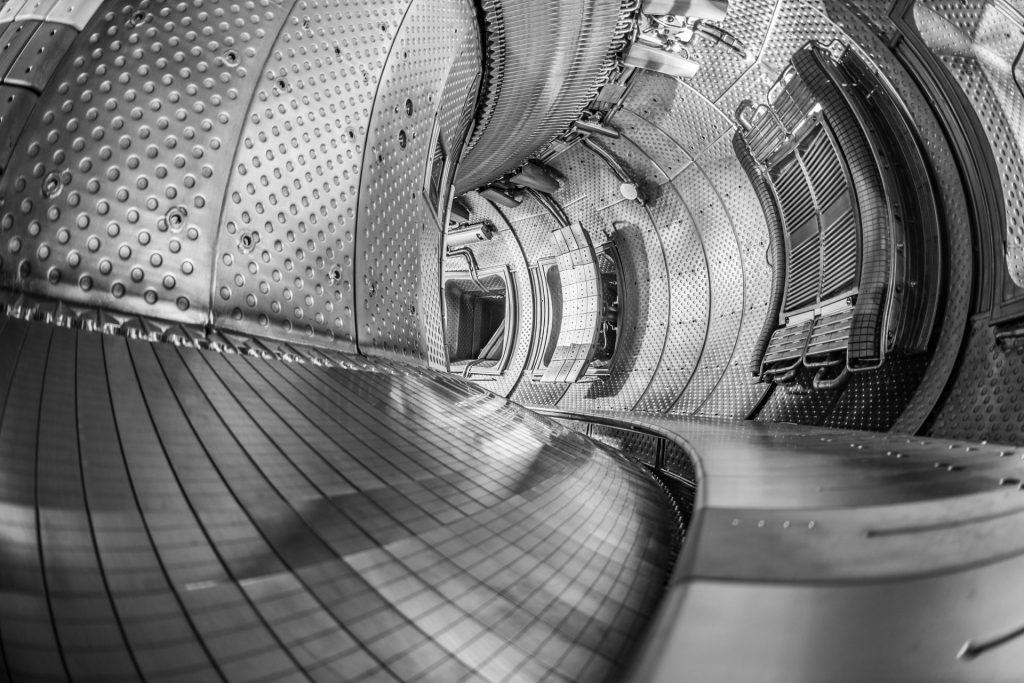The mastery of nuclear fusion and the construction of the ITER tokamak will inevitably involve a number of challenges. The WEST tokamak is dealing with some of them, in particular the divertor.
WEST (acronym derived from W Environment in Steady-state Tokamak, where W is the chemical symbol for tungsten) is the transformation of the Tore Supra tokamak from a limiter to a divertor configuration.

ITER is undoubtedly the most well known among all tokamaks – experimental fusion devices that enable researchers to create and confine high temperature deuterium and tritium plasma thanks to high magnetic fields.
ITER requires an essential component, the divertor,which receives the major part of the heat flux and particles coming from the central plasma during the experiments.
Within the The WEST Project, which consisted in installing and testing such a divertor in another tokamak: Tore Supra, a unique experimental facility due to to its superconducting magnets and actively cooled plasma-facing components.
The magnetic configuration of Tore Supra was therefore modified, changing its circular form into one of a distorted lens so that it can obtain plasmas with characteristics similar to those of ITER.
The WEST tokamak allows researchers to carry out a scientific programme relevant for ITER, focussing on the preparation of ITER operation.
Since the start of the first plasma in WEST in December 2016, WEST has made major achievements in fusion research, such as operating at ITER relevant value of heat flux on the divertor target and, most importantly, obtaining the world record in plasma duration in a tokamak with a plasma lasting for 1337 s (~ 22 minutes).


